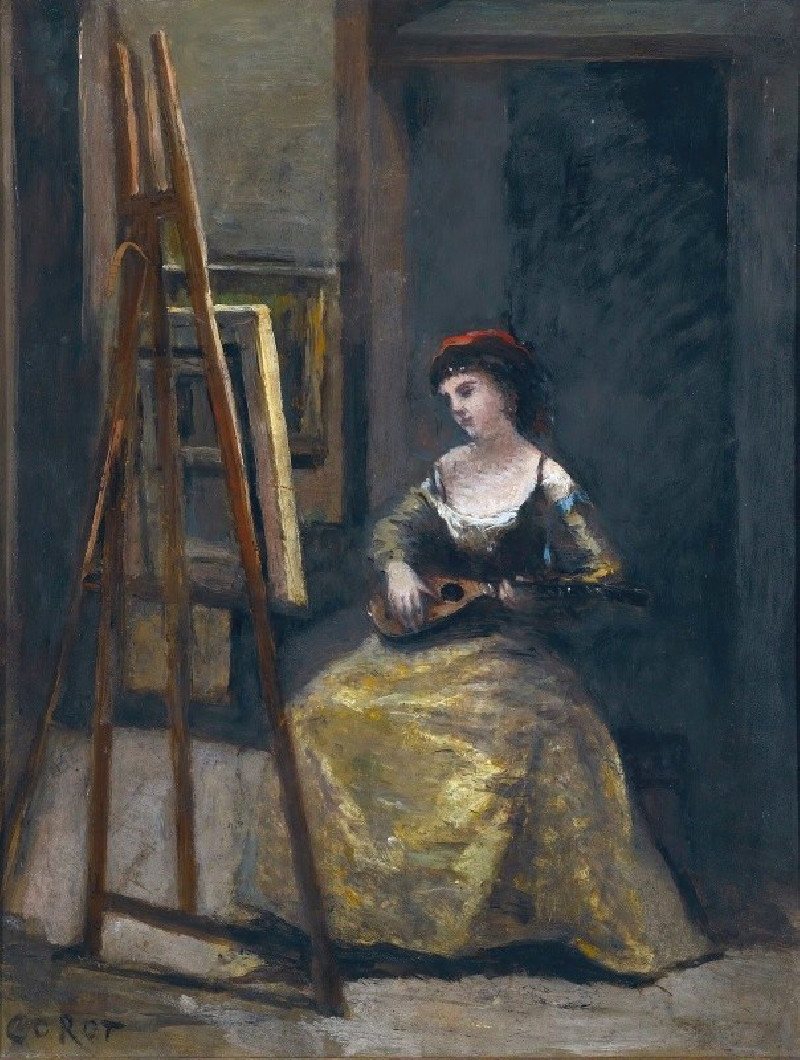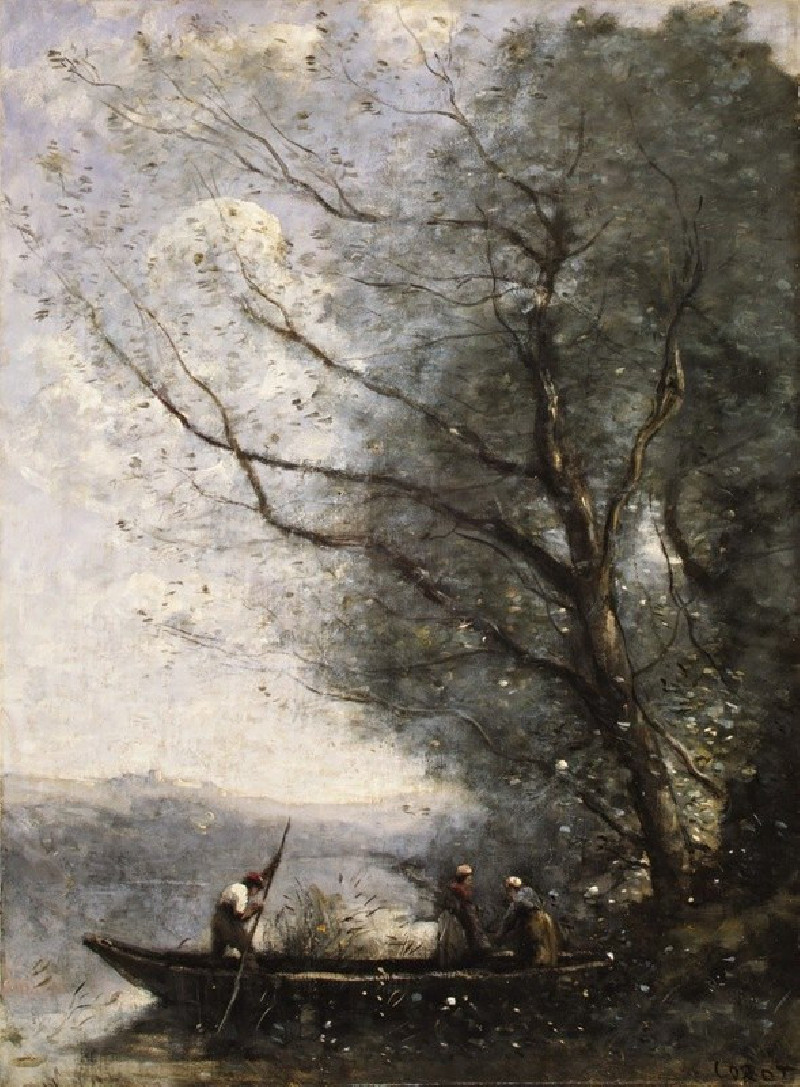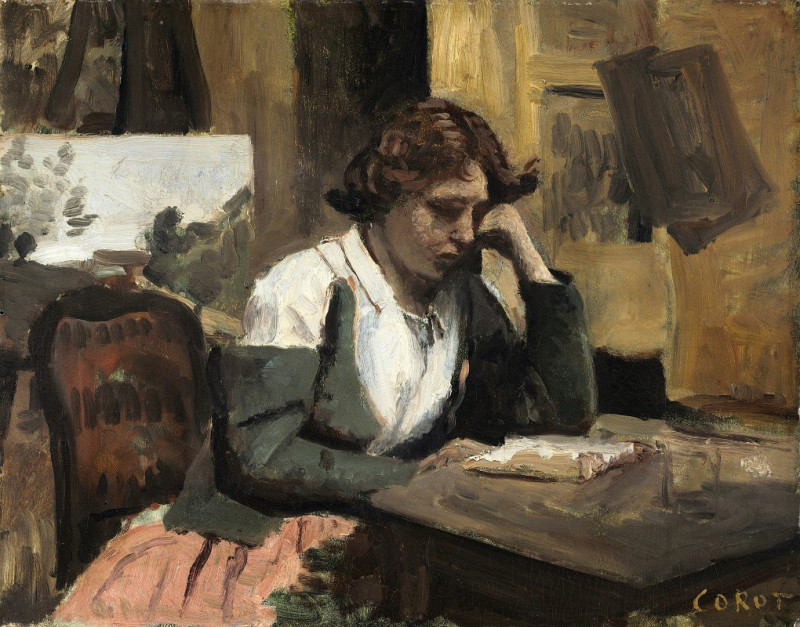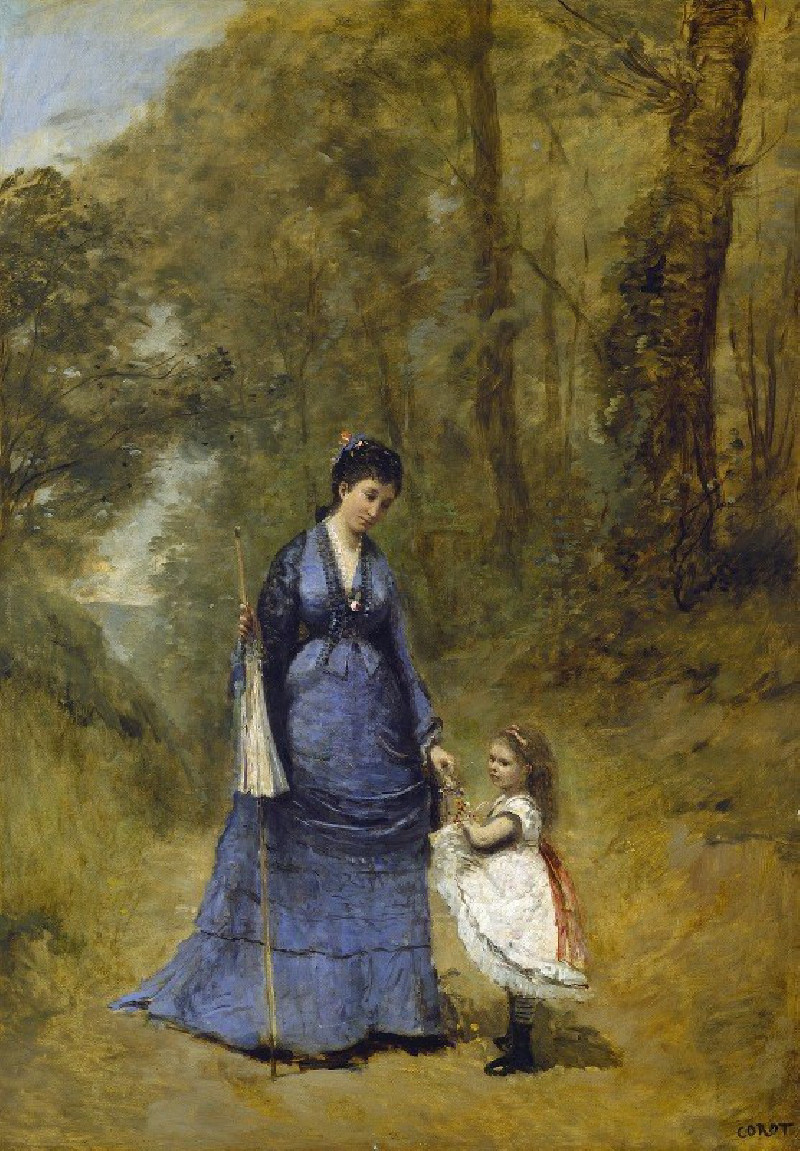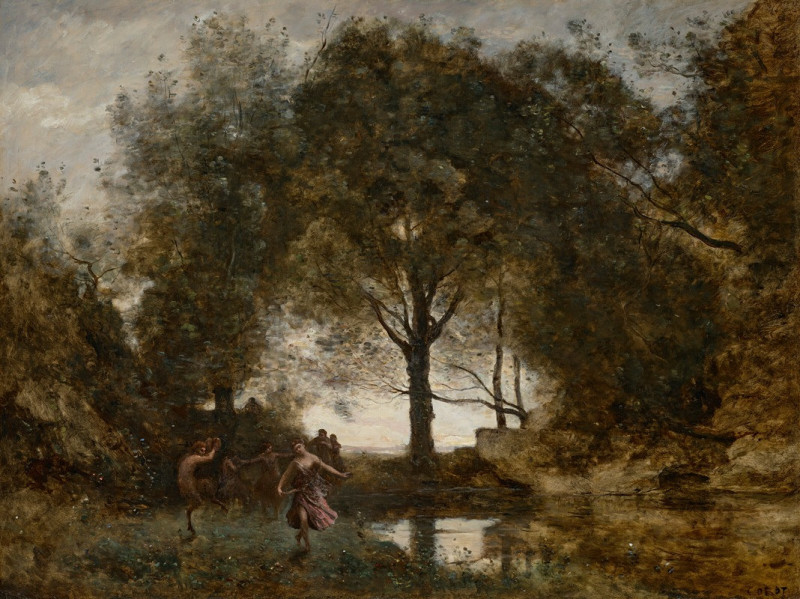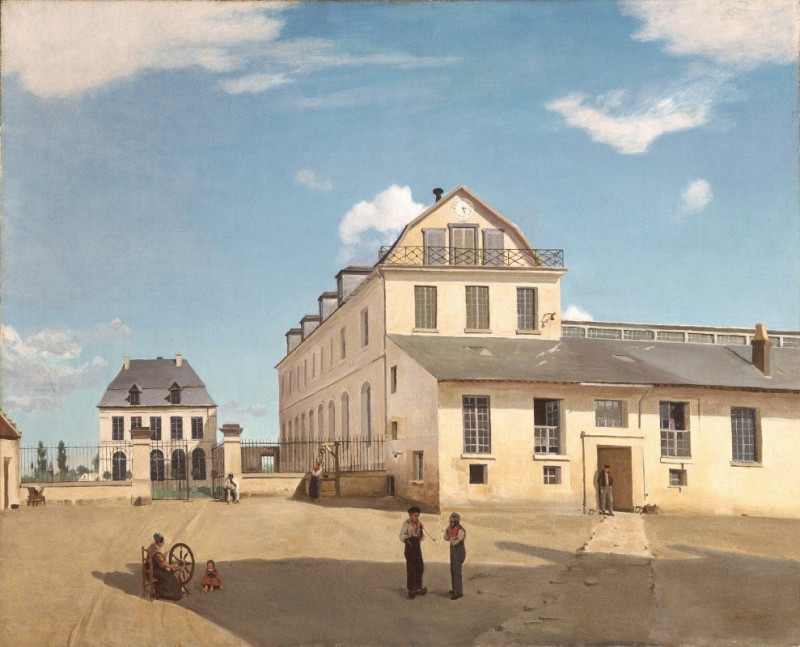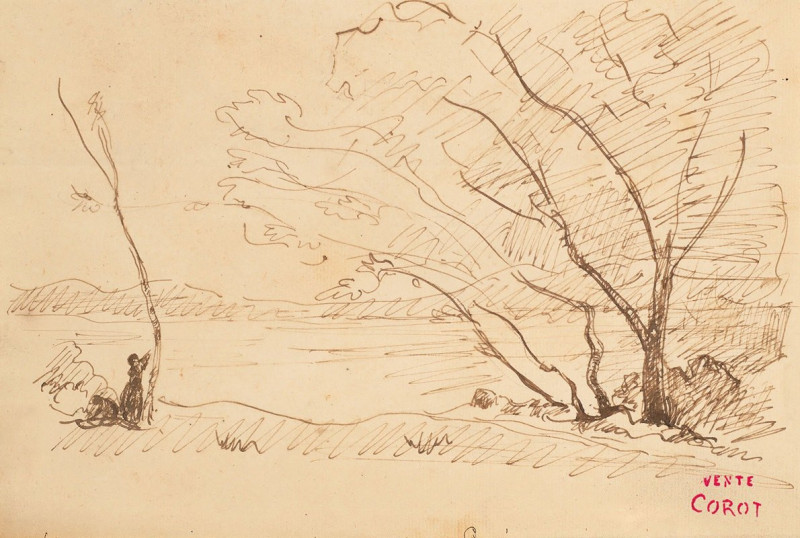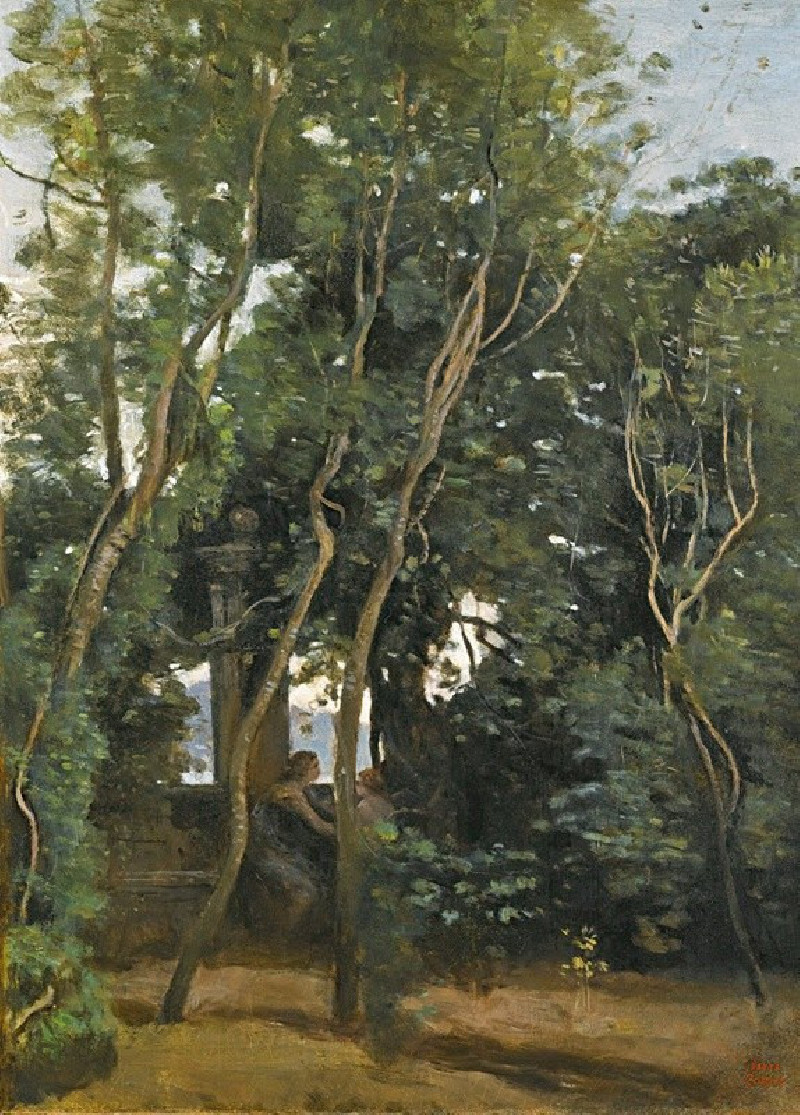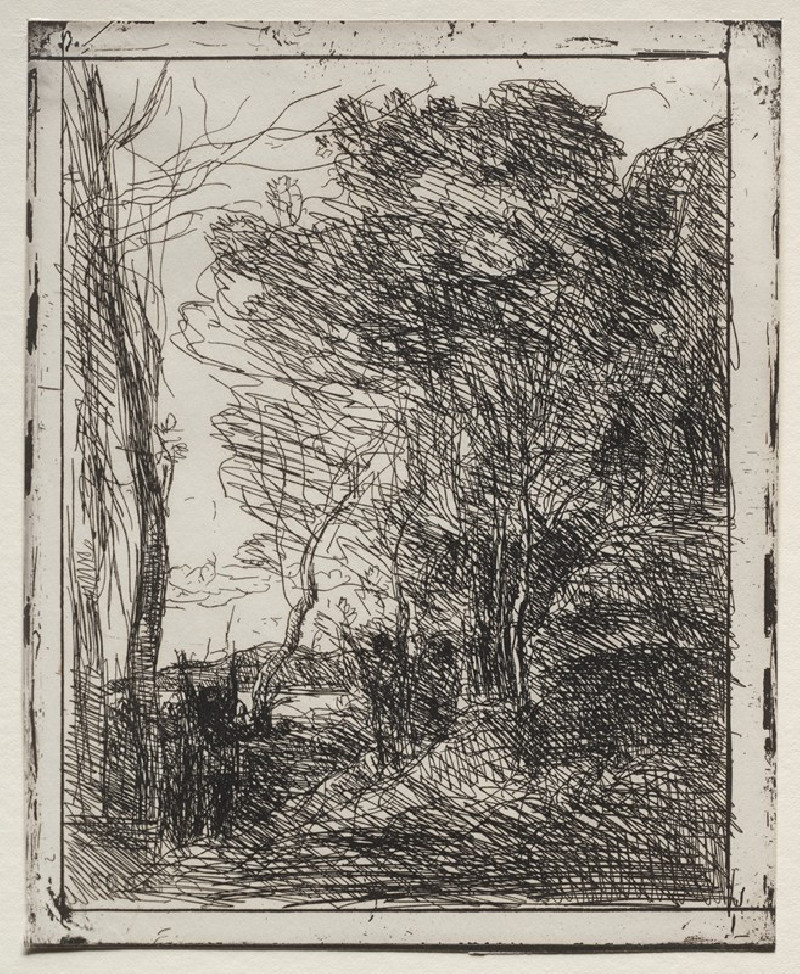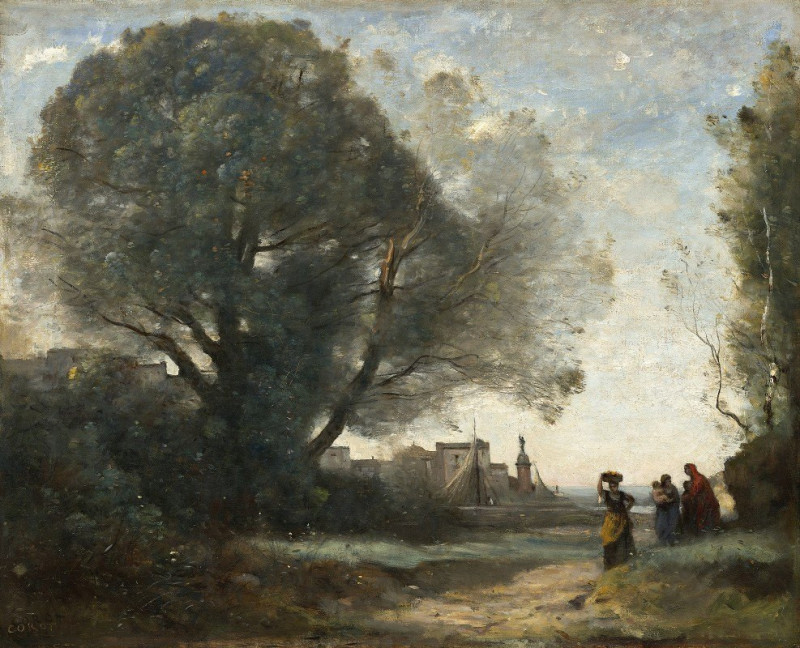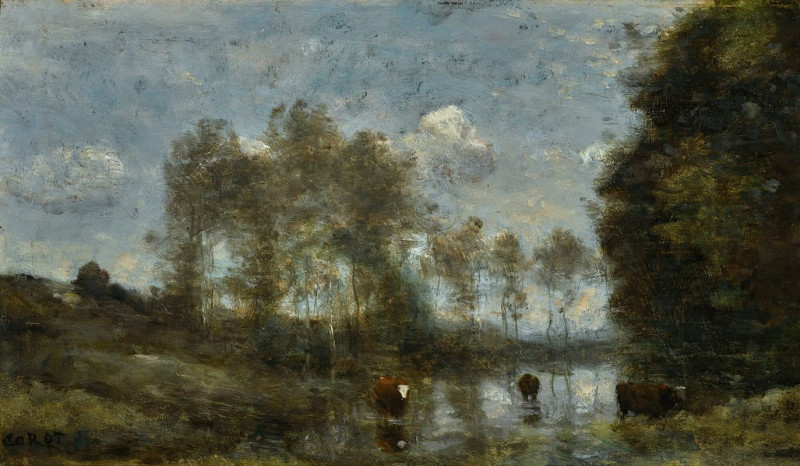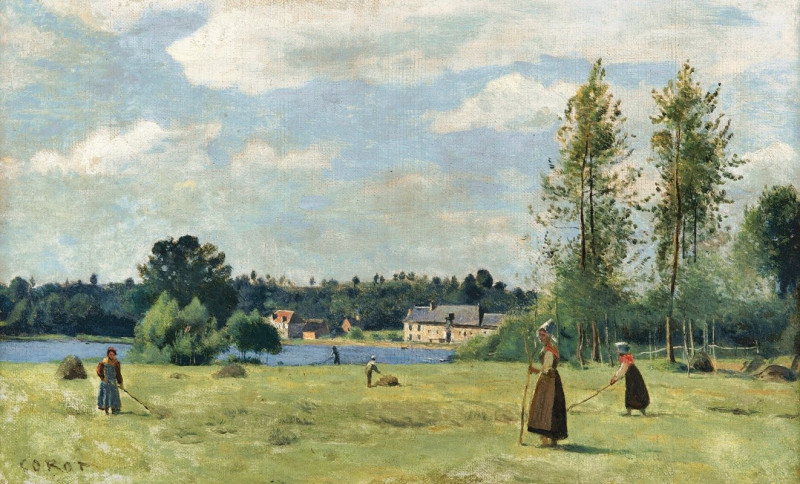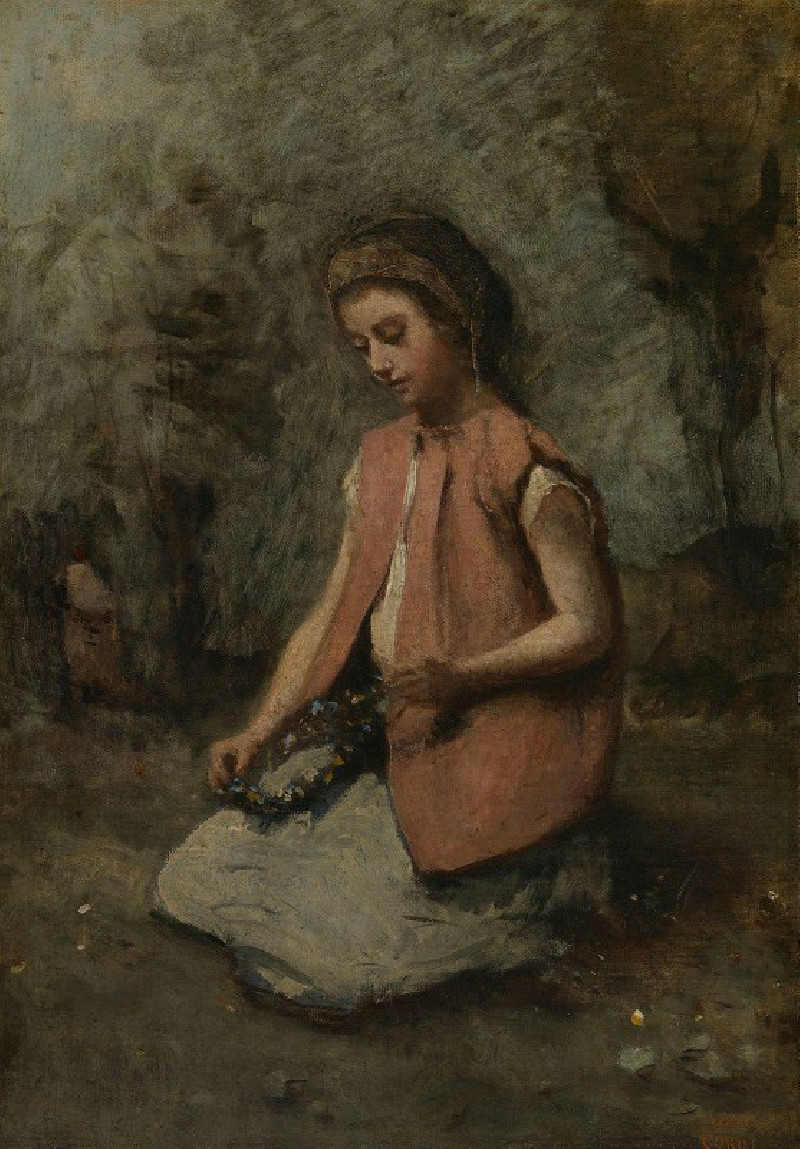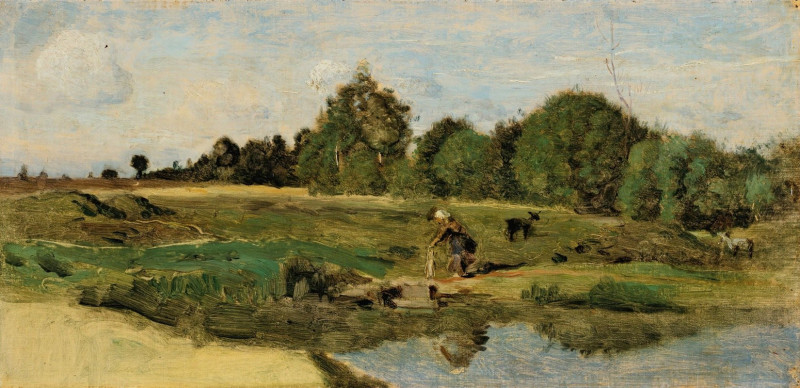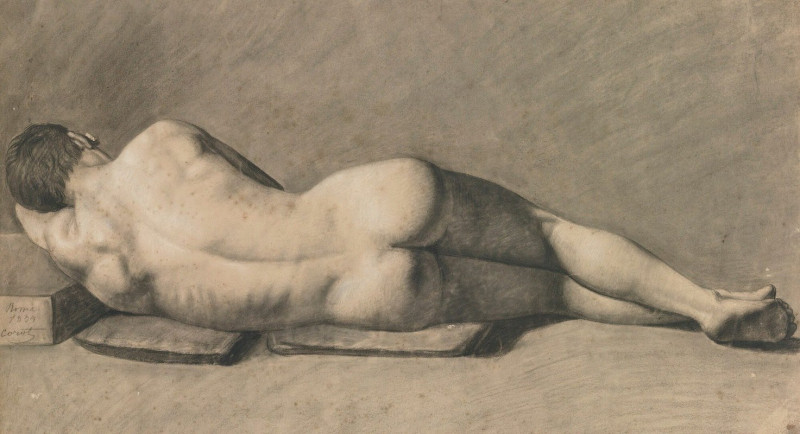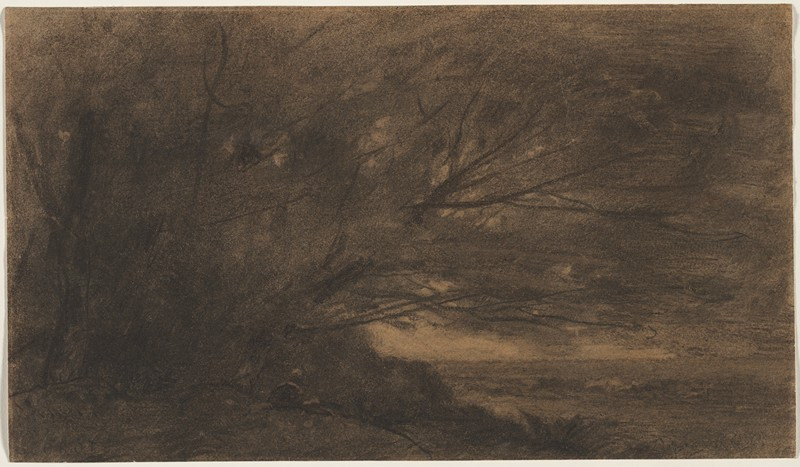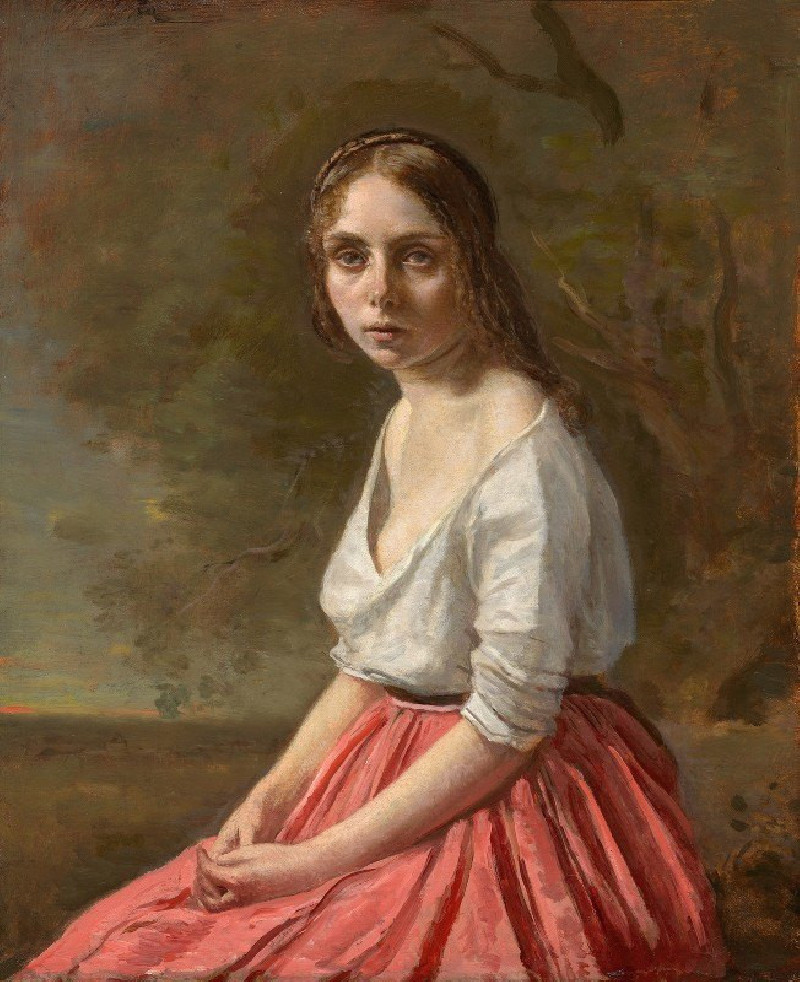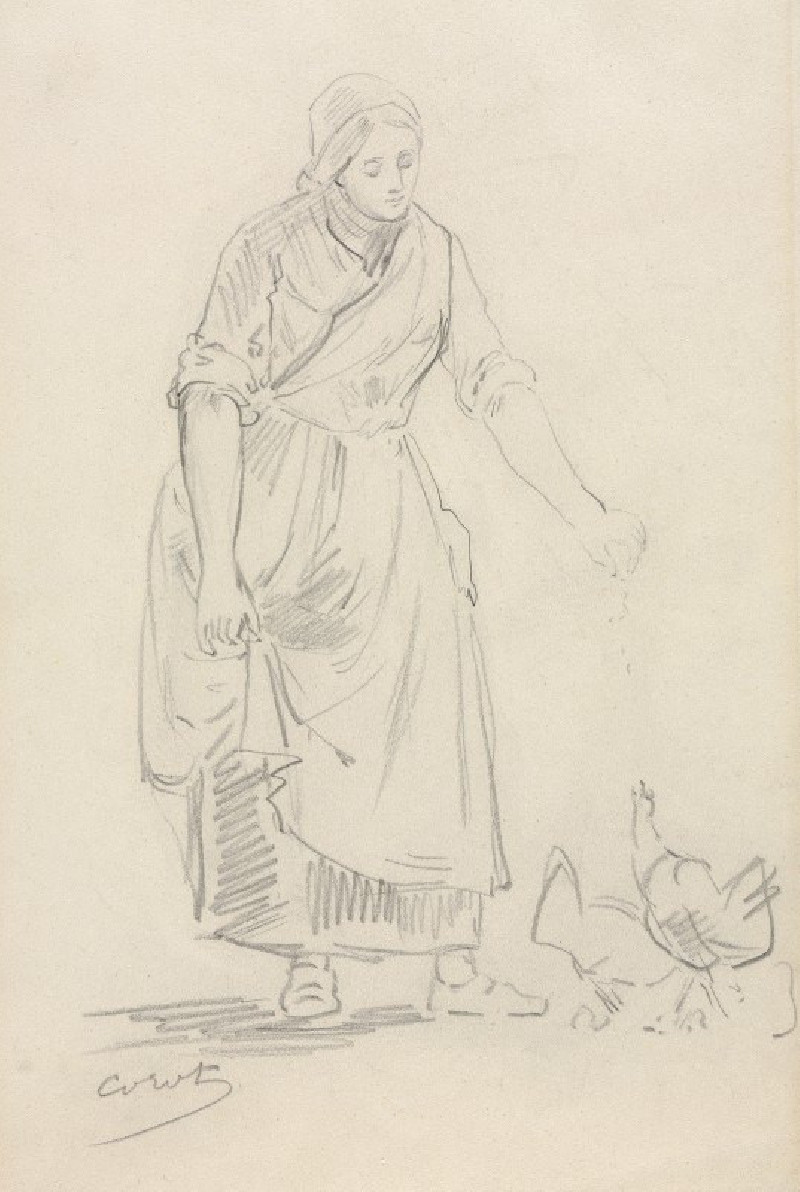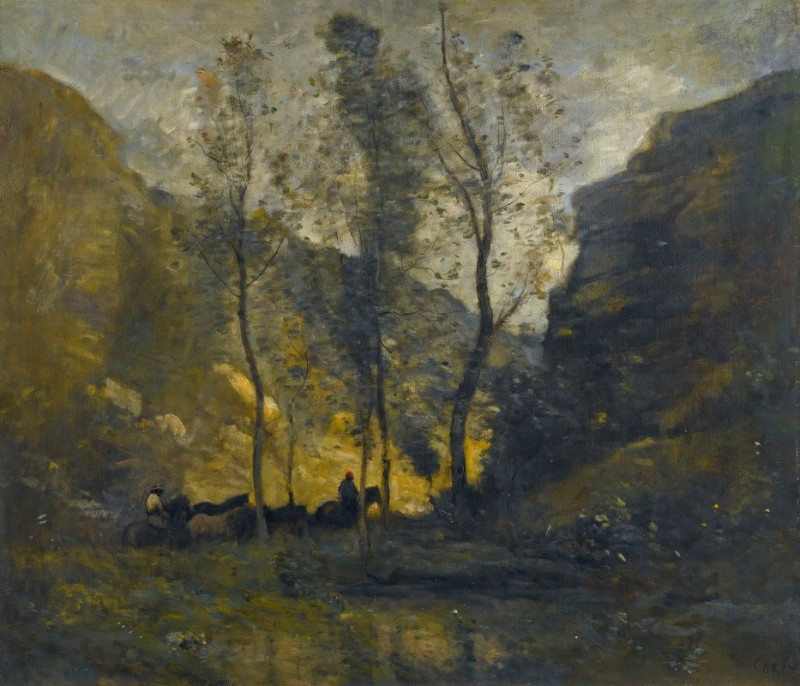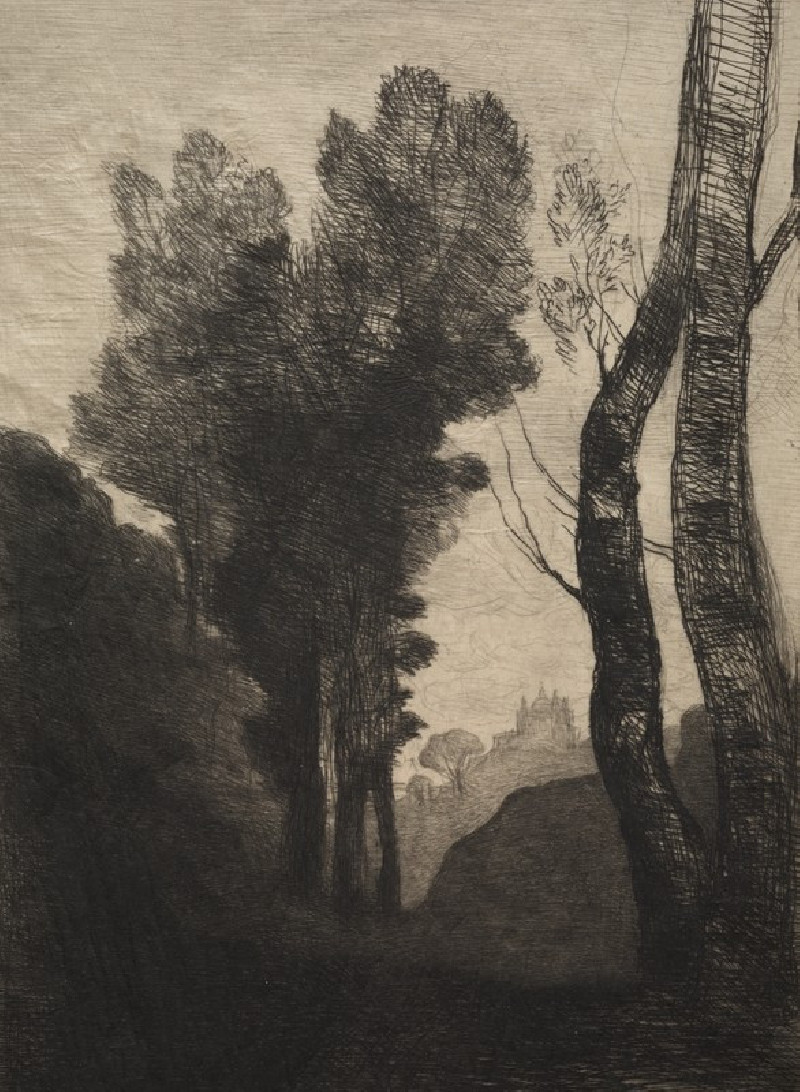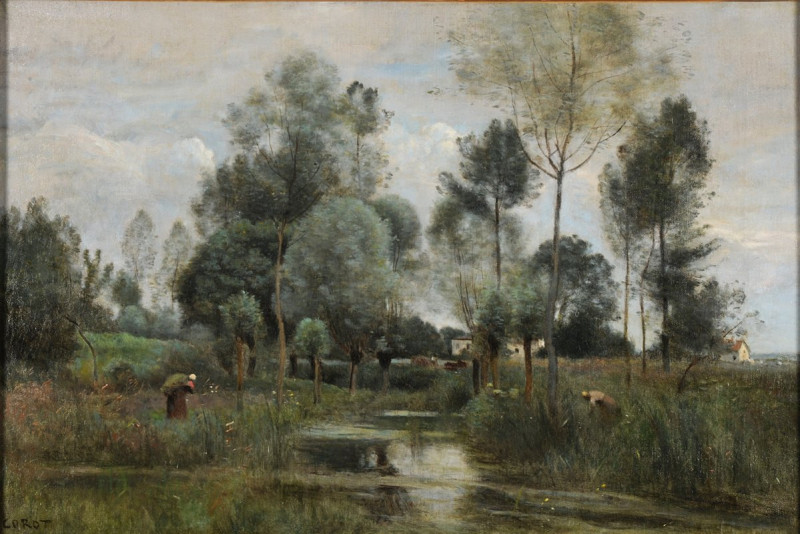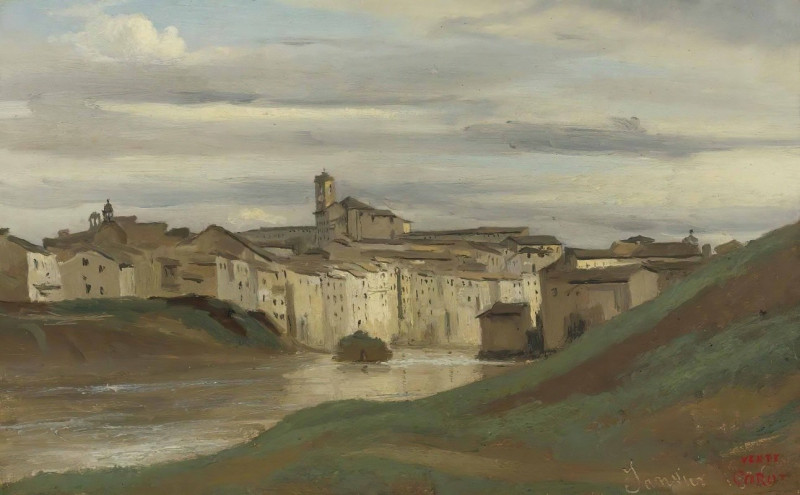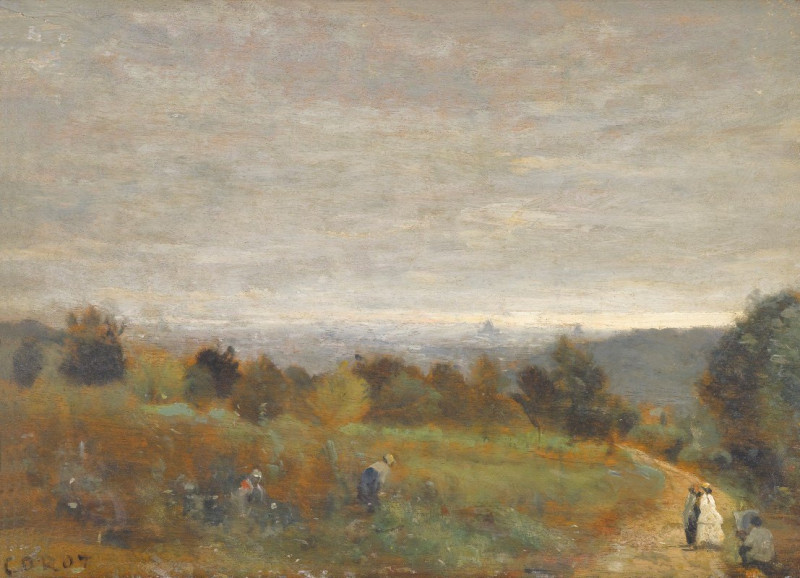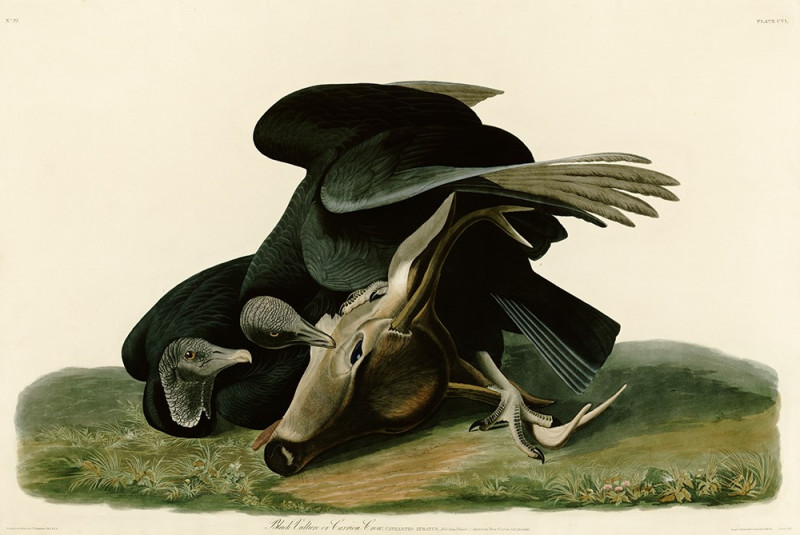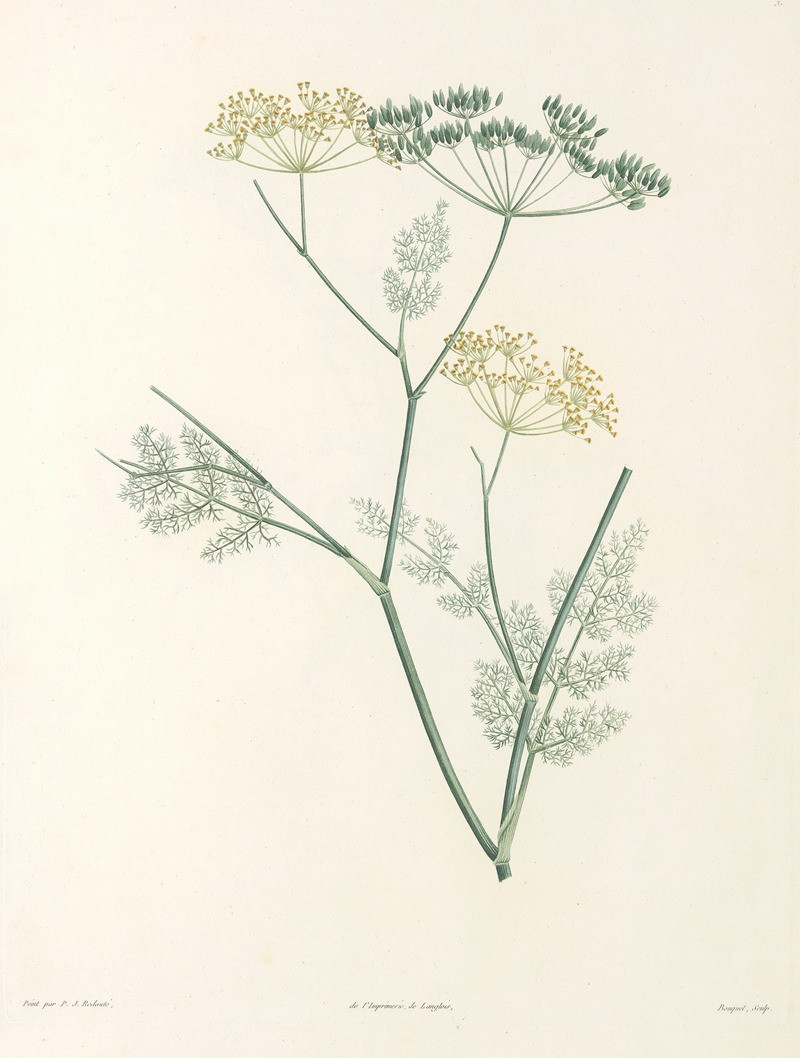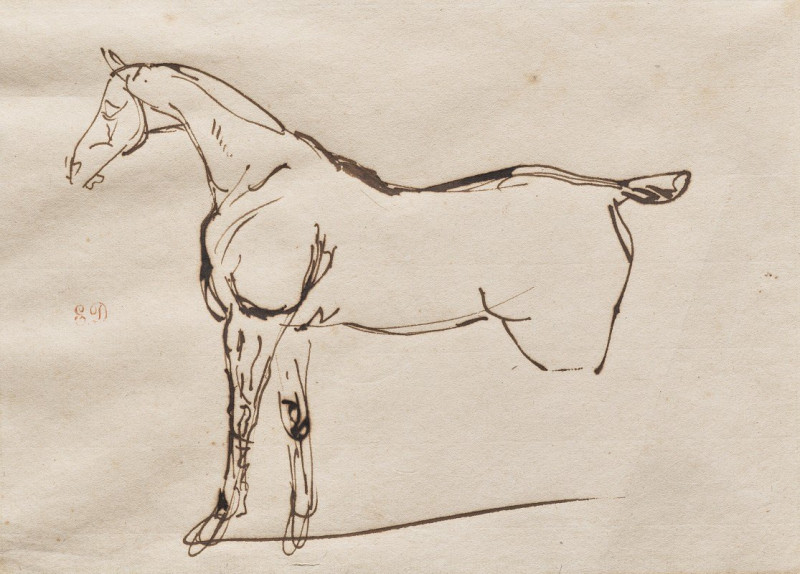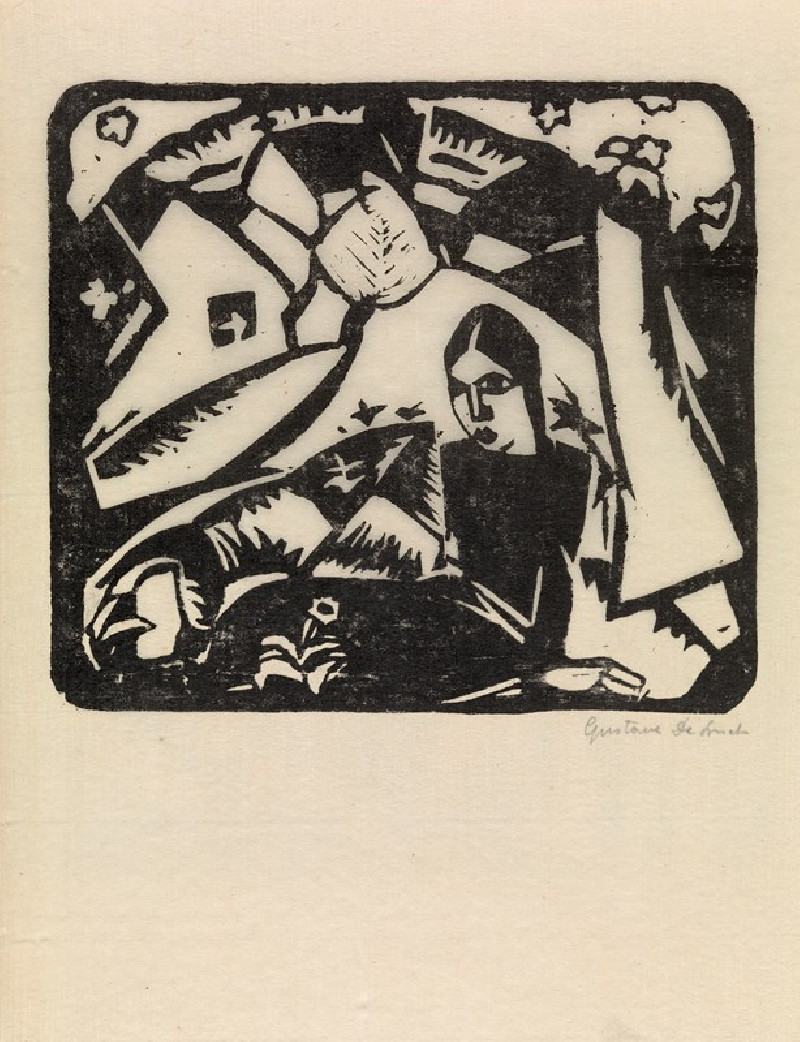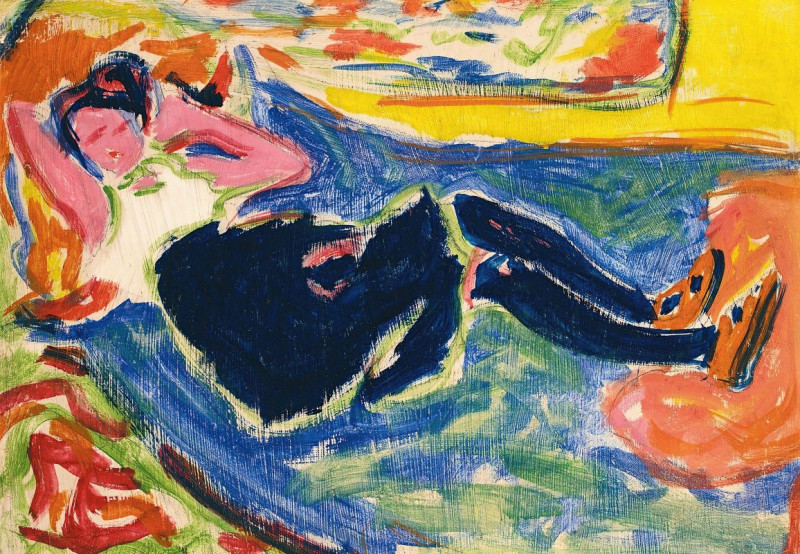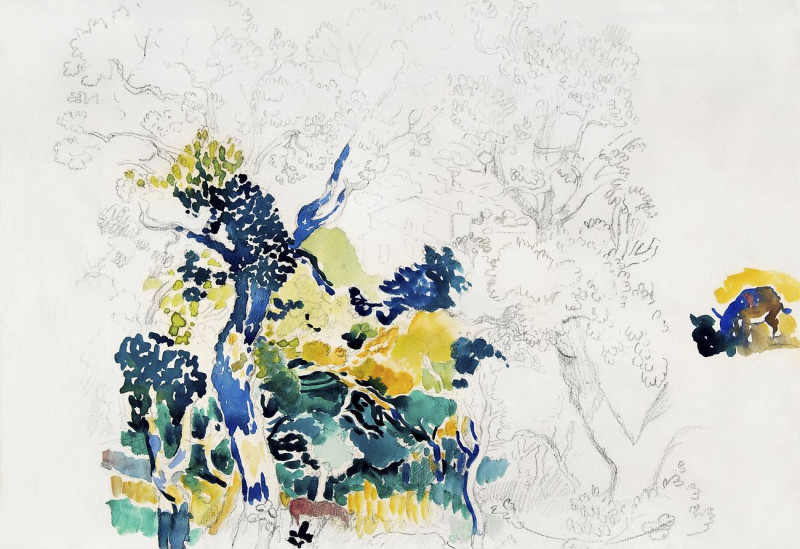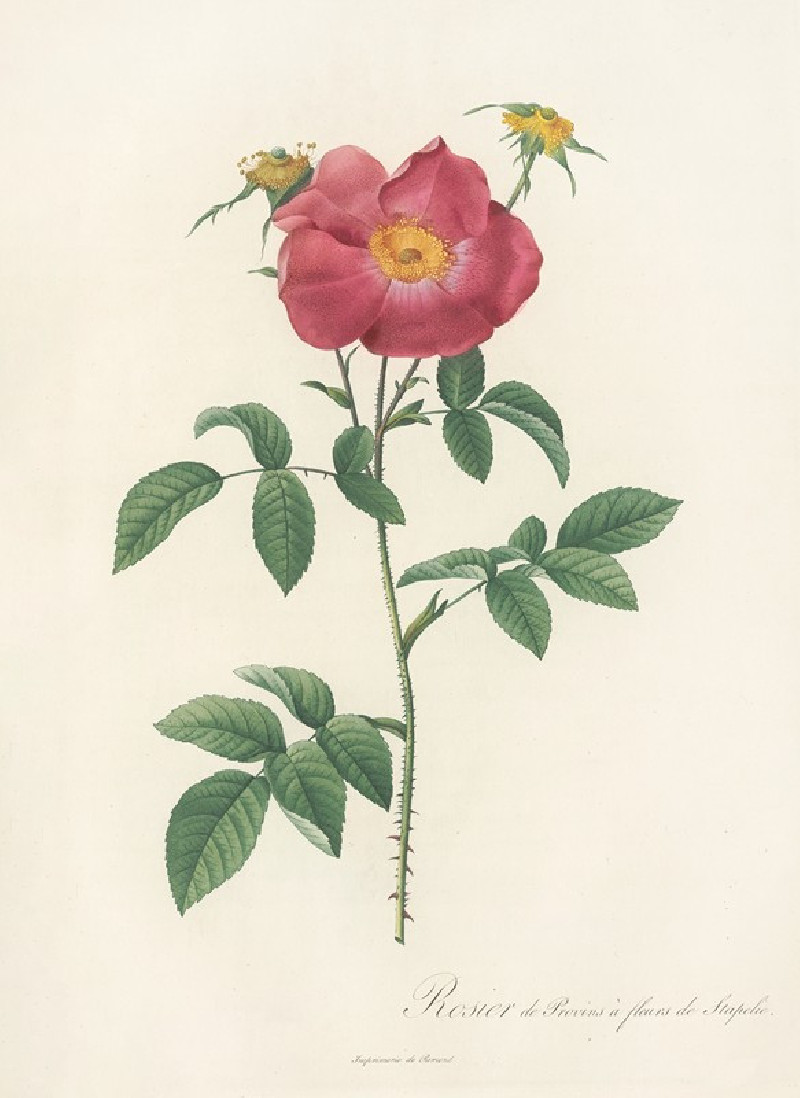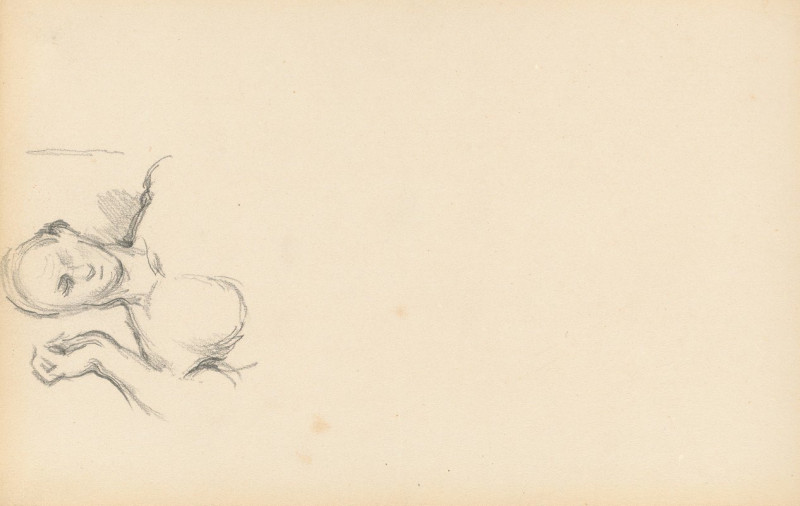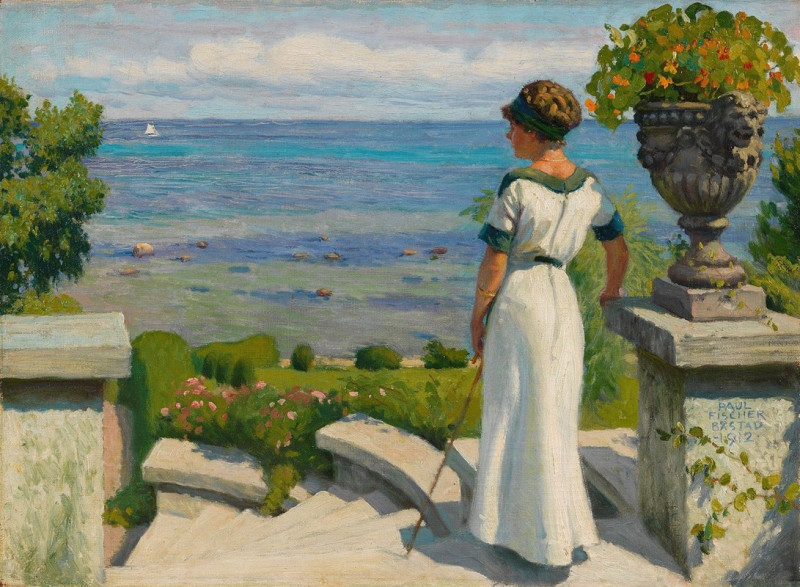Jeune Femme Jouant De La Mandoline
Technique: Giclée quality print
Recommended by our customers
More about this artwork
Artist: Jean-Baptiste-Camille Corot"Jeune Femme Jouant De La Mandoline" is a captivating painting by the French artist Jean-Baptiste-Camille Corot, renowned for his significant contribution to landscape painting and his pivotal role in the Barbizon school. This particular work, however, diverts from his usual landscapes, offering a tranquil, intimate portrayal of a young woman playing the mandolin.In this composition, the subject is seated against a dimly lit background that exudes softness and depth, creating a sense of quiet isolation from the outside world. The woman, dressed in a traditional 19th-century attire with a delicately detailed blouse and a voluminous yellow skirt, focuses intently on her instrument. Her attire is rendered with loose, expressive brushstrokes that suggest the texture of the fabric and the gentle play of light across her dress and the folds of her skirt.The surrounding environment, while subdued, is thoughtfully composed with an artist's easel to her side, perhaps hinting at Corot's own realm of art and creativity. The easel stands empty, suggesting potential or paused creativity, while the focus remains firmly on the musical and contemplative act of the woman.Corot's use of color and light enhances the serene and reflective mood of the painting. The earthy tones of the background contrast with the warm yellows of the woman's skirt, drawing attention to her as the central figure. Her face, detailed gently compared to her surroundings, reflects a moment of concentration and artistic engagement with her music."Jeune Femme Jouant De La Mandoline" not only showcases Corot's mastery of figure painting but also reflects his ability to imbue scenes of everyday life with a poetic quality.
Delivery
Returns
Jean-Baptiste-Camille Corot was a French landscape and portrait painter as well as a printmaker in etching. He is a pivotal figure in landscape painting and his vast output simultaneously references the Neo-Classical tradition and anticipates the plein-air innovations of Impressionism.

